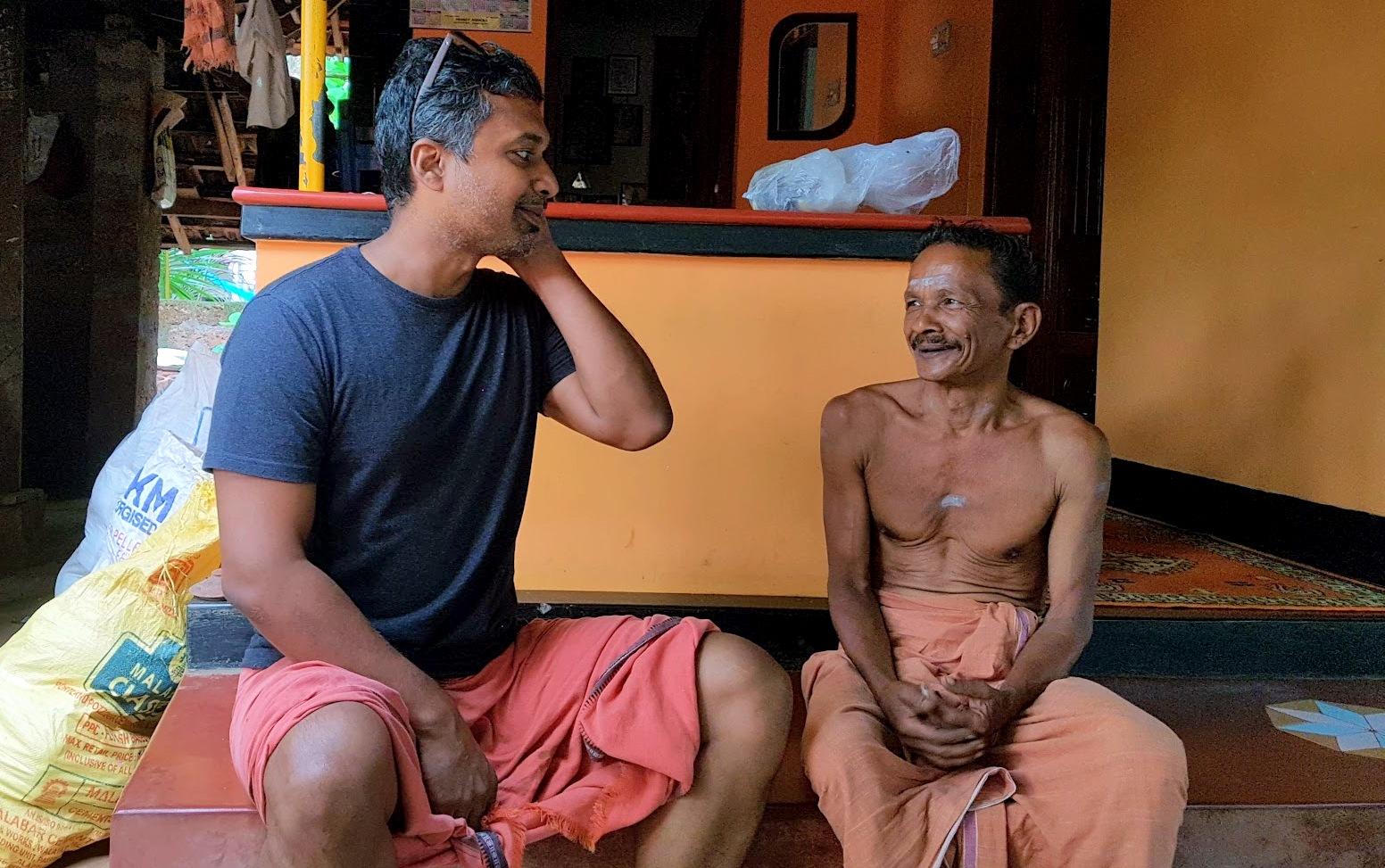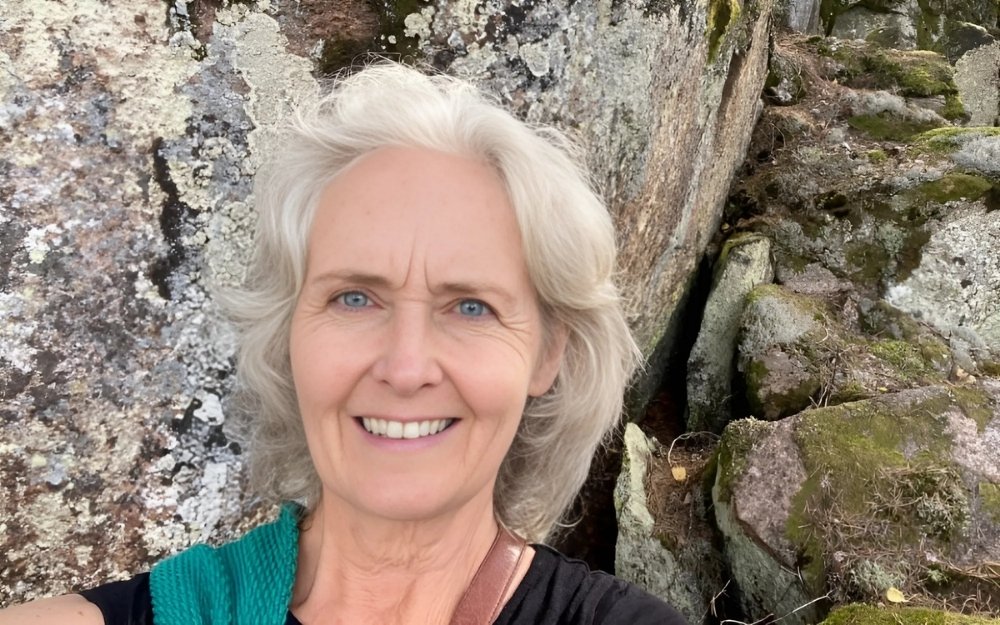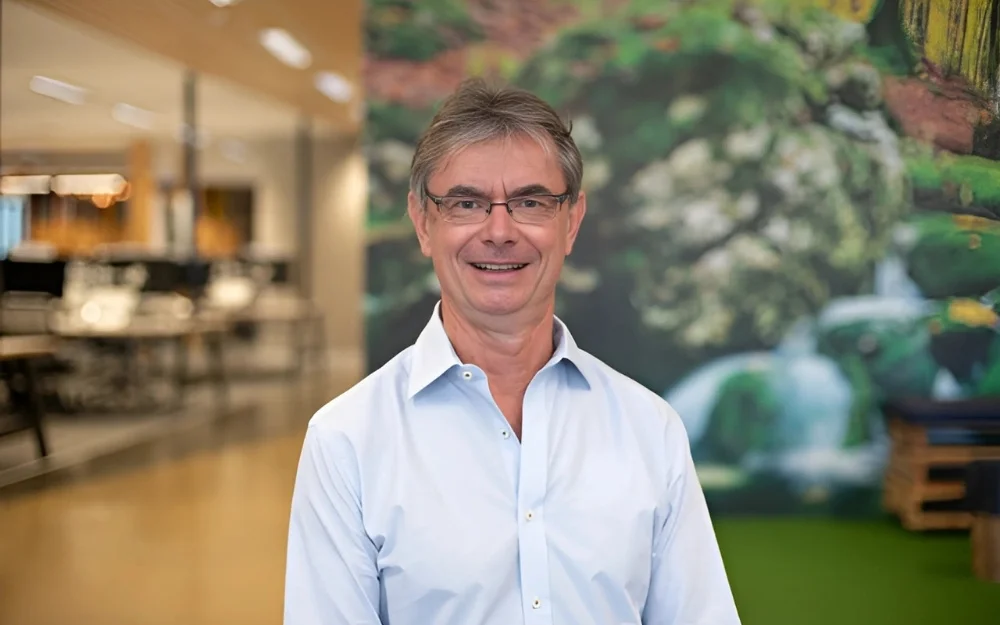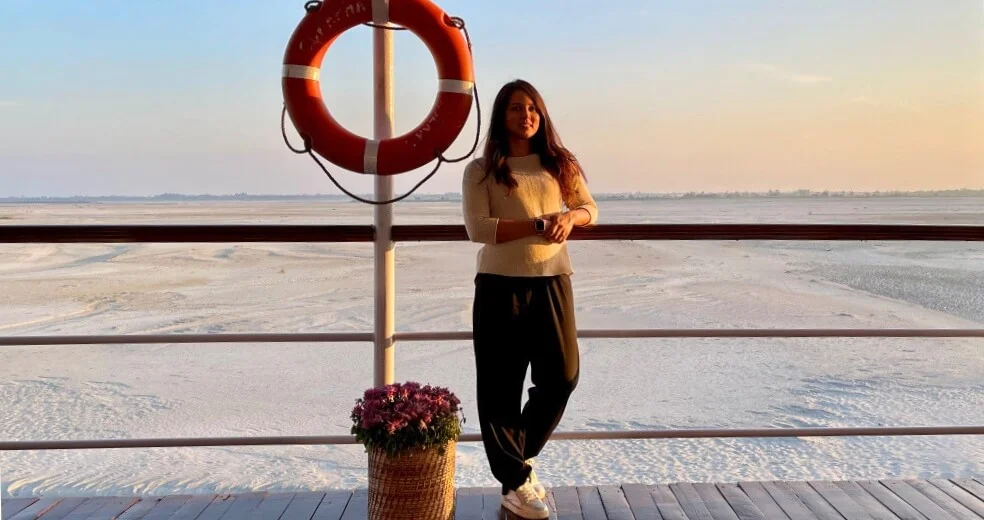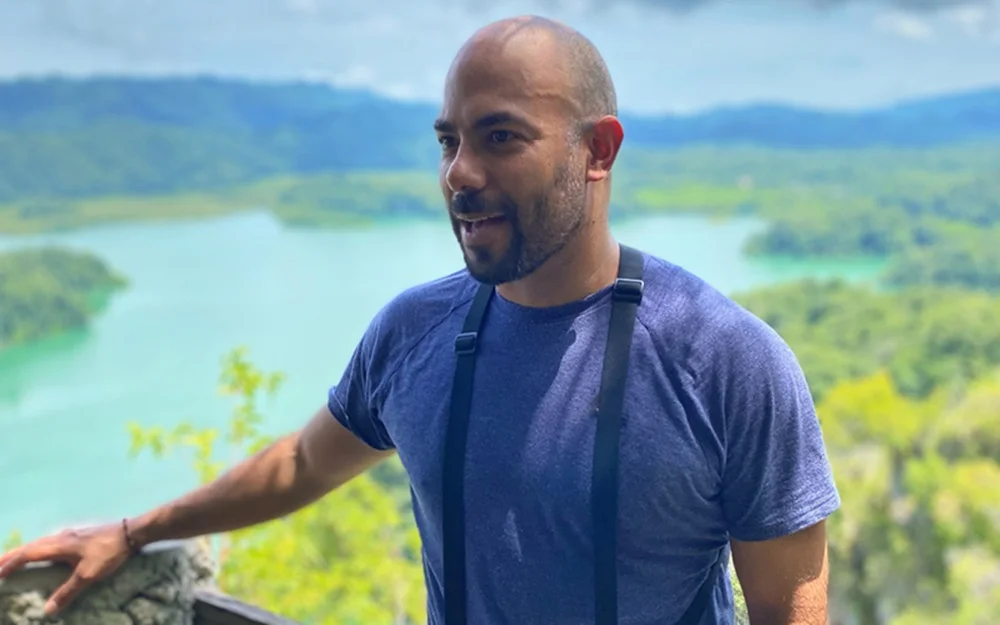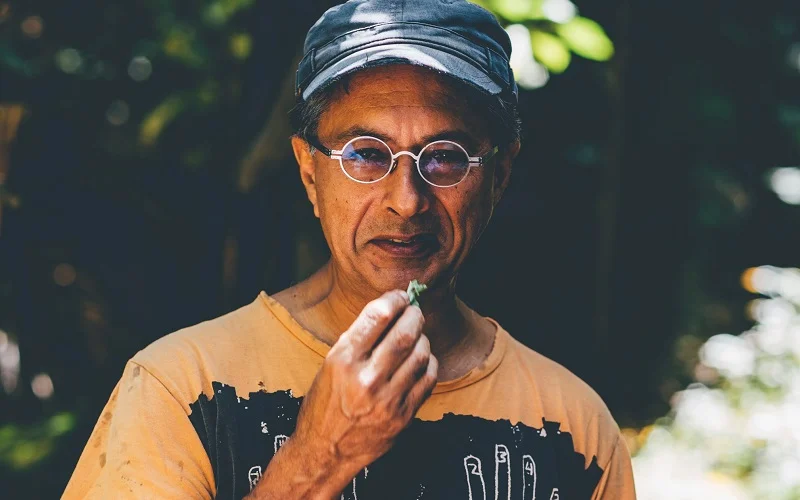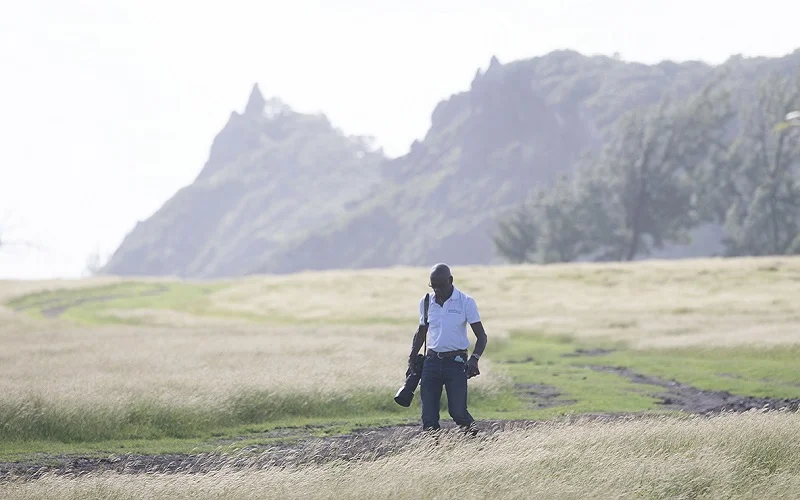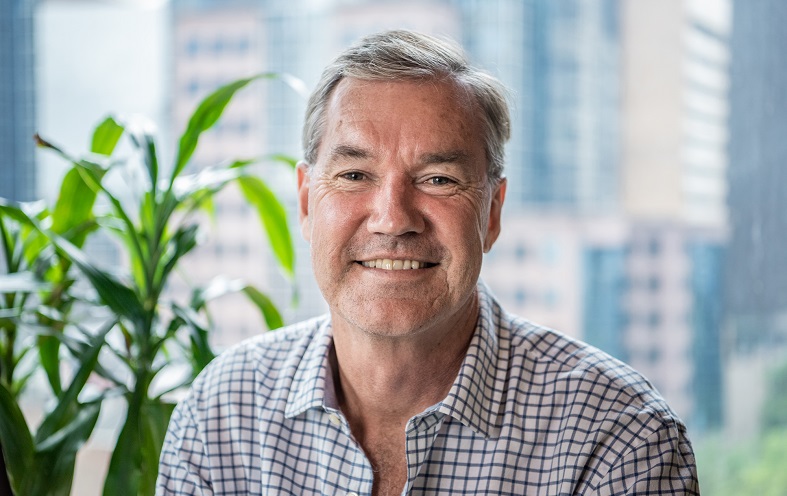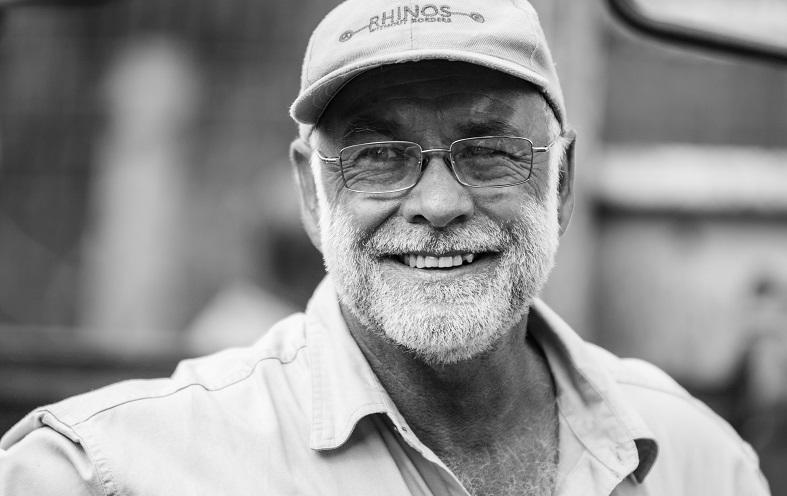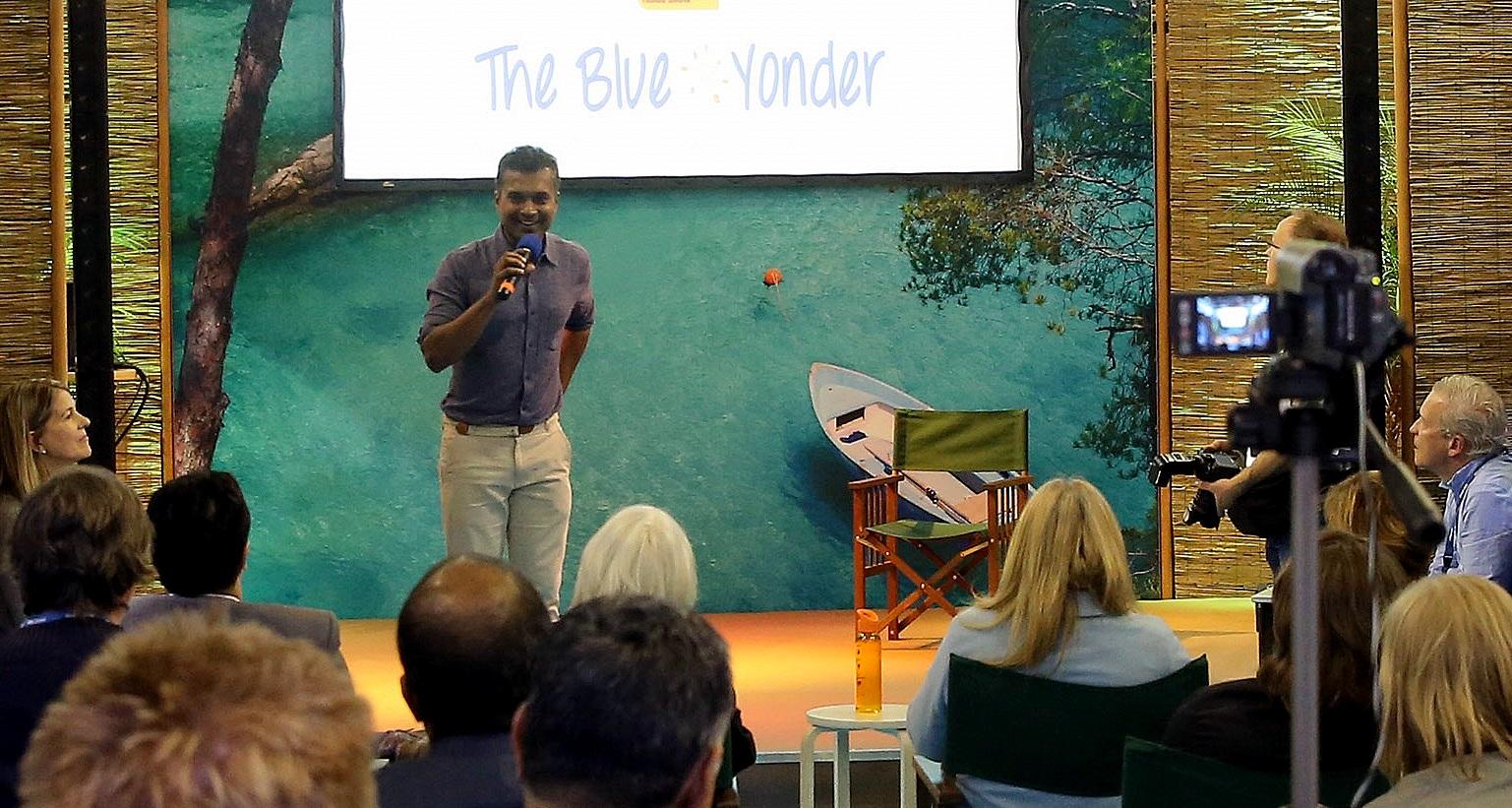
This Sustainability Leaders interview with Gopinath (Gopi) Parayil of India is part of a special series featuring board members of the recently founded Asian Ecotourism Network. A social entrepreneur and expert in sustainable tourism for more than a decade, Gopi introduces us to his projects and research in India, how tourism impacts the community and makes a positive difference to local people, environment, and the destination itself.
Learn about:
- When Gopi first came across the sustainable tourism topic, and what made him co-found The Blue Yonder;
- Why reducing dependency on ‘aid’ is a must for long-term sustainability;
- How locally driven wealth generation led to the growth of The Blue Yonder as a leading Responsible Tourism business in India;
- Why The Blue Yonder deliberately wasn’t set up as an NGO, and what he’d do different if he could start over again;
- The role of travel and tourism industry in disaster management relief and for the long term sustainability of destinations;
- His view on voluntourism;
- The purpose of the A to Z of Responsible Tourism campaign.
Gopi, what was your view of sustainability and tourism when you started your professional career?
I had nothing to do with tourism business other than being an avid traveller myself when I started The Blue Yonder. However, even as a teenager, I was already involved in development issues because of the left-leaning politics of my home state of Kerala. I also had volunteering experience in community-based palliative care from ’93 onwards, which exposed me to another world and possibilities of how issues can be handled through innovative, crowd-sourced, and collaborative ways.
I later began working with UNDP [United Nations Development Programme] funded projects on environmental sustainability in New Delhi as well as being part of Charities Aid Foundation – India in New Delhi and Bangalore, working on ICTs [Information and Communications Technology] for Development had helped me formulate my own thoughts and insights on how ‘development’ should be approached.
In my opinion, reducing dependency on ‘aid’ whether international or local was a key driver in these thoughts.
I was clear that the values of dignity, sense of belonging and ownership had to drive the journey towards sustainability. Locally driven wealth generation was the key. These thoughts laid the foundation for the growth of The Blue Yonder as a pioneering Responsible Tourism business in India.
What inspired you to set up The Blue Yonder as responsible tour operator company in India in 2004?
It was when I had just returned back from the UK after completing my studies and assignments in Disaster Management at the Royal Military College of Science, that my father passed away. As part of our tradition, there are rituals we do, including requiem for the dead in the holy rivers.
Bharatapuzha, (River Nila) a 250 km long river revered by locals and part of many legends and folklore was one such and I was lucky to have been born in a village nearby that had all the influences of this river. There was hardly any water in the river (it wasn’t even beginning of summer then), when we were doing the ritual for my father and the struggle in which I had to take a dip in the river probably became the tipping point for The Blue Yonder.
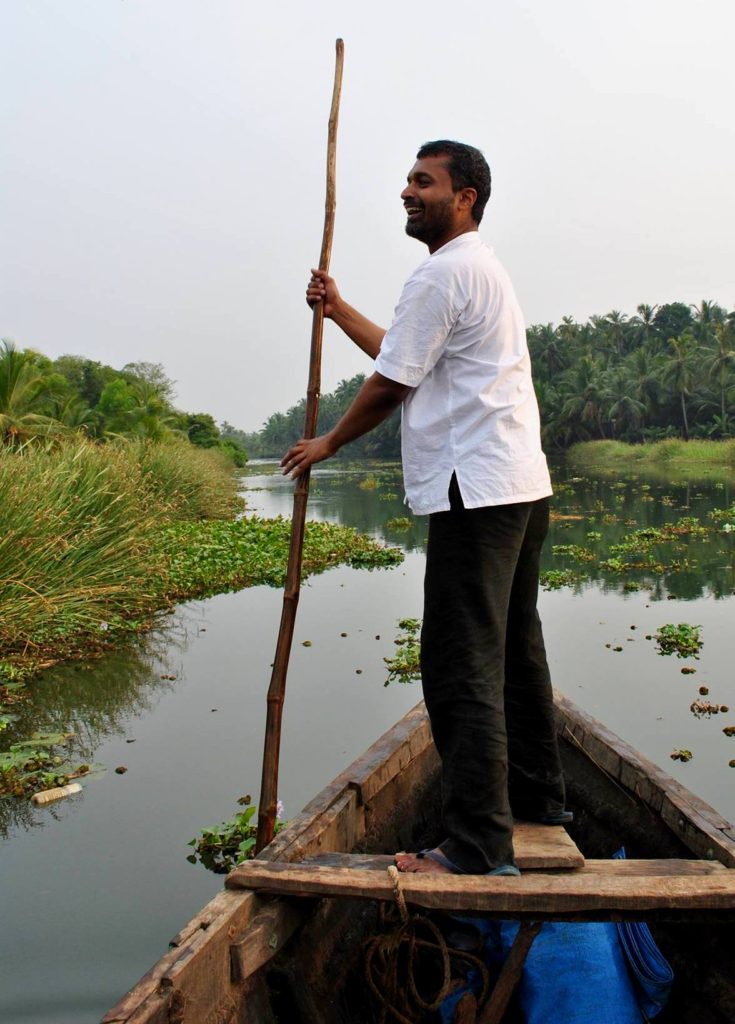 A river that was so much part of my childhood, romances and growing up was in a decaying state. It wasn’t polluted, but for the first time in any recorded history, this river which is so important to our culture apparently stopped flowing during the summer due to sand mining and dams.
A river that was so much part of my childhood, romances and growing up was in a decaying state. It wasn’t polluted, but for the first time in any recorded history, this river which is so important to our culture apparently stopped flowing during the summer due to sand mining and dams.
This incident resulted in a couple of us setting up a not for profit foundation supported by some of the passionate locals to come out with a book on the status of rivers in Kerala.
Funds from personal pockets soon depleted and it was while searching for regular funding sources that I decided to come up with a for-profit travel company that would become the ambassador of this small river and its rich socio-cultural heritage.
We didn’t want to be an NGO, dependent on donations and contributions where our dreams would be dictated by donors. We decided to create wealth which can then be used to support various initiatives that will preserve the cultural, natural heritage of the region while ensuring sustained livelihood and sense of respect for the local people.
The result was the formation of The Blue Yonder, the first company in India to position its business on the triple bottom line of sustainability.
Funny enough, we had never heard the word ‘Responsible Tourism’ then, and were calling it Responsible Tourism, purely because we ended up in this space because of what we believed was our ‘responsibility’ to ‘respond’ to our surroundings for a better future.
It was only later that we became aware that there were many initiatives like ours hatching in different parts of the world.
If you would have to start your company all over again, what would you do differently?
Yes, quite a lot.
But deep inside I have no idea how else would we have started. This was a company that was born out of a passion and not out of a business plan. Many of our decisions were impromptu (and it worked!) as we jumped on opportunities that came our way. Striking a balance between passion, professionalism and tricks of the ‘game’ was always a challenge.
I think we would have been far better off if we had a well thought out business plan from the beginning and not only in the later stages and had business partners including social investors who understood our kind of business.
Stricter financial management would be definitely a priority. Engaging in too much activism can also scare away investors who saw in us development activists rather than business people. Also, finding the right team which does not compromise on the company’s beliefs and values continues to be a challenge and high priority.
How has your education and experience in Disaster Management impacted your approach to sustainable tourism development?
It goes both ways.
In March 2016, during ITB Berlin, The Blue Yonder ran a clinic with the Chief of Disaster Risk Reduction, UNEP (United Nations Environment Programme), focusing on the role of Tourism and Hospitality industry in relation to disaster preparedness, resilience, management and response.
The objective of the session was to explore the possibilities of how the tourism industry can add value to a destination beyond being a service provider. The clinic focused on the situation of three disasters – the earthquake in Nepal (2015), the flood in Chennai (2015), and Cyclone Aila Bangladesh (2006).
In Sundarbans, West Bengal (India), our company The Blue Yonder and other like-minded tourism companies were the first responders, even before local NGOs or Government could activate their resources. I was able to be of assistance to the community because of my background in disaster management and understanding of how to utilize our own resources and supply chain effectively.
In the wake of the Chennai floods, we are now working on a manual on how the travel industry can collaborate with civilian society and government agencies. Strategies for mitigation, response, and rehabilitation are more effective when planned, as opposed to knee-jerk reactions like many have been doing.
We must ask ourselves, “How can a tour operator in the UK survive if its destinations like the Maldives or Kerala are underwater or hit by an earthquake?” There is an urgency to recognize the role of travel and tourism industry in disaster management relief for the long term sustainability of destinations.
Training and motivating employees to implement and ‘live’ a company’s responsible tourism values is often a key issue, together with equal opportunities for men and women. What has been your experience at The Blue Yonder?
Motivation has never been a challenge for us. Employees have always joined us because of the uniqueness of the company. However, sustaining the motivation has been a challenge for multiple reasons. The unique positioning of the company as a combination of development projects and travel experiences is an asset as well as liability.
Over a period of time, our not for profit activities totally ceased as the for-profit company was involved in doing many things which the foundation was supposed to do. This thin line became a challenge for us, as those who joined the company at later stages struggled between the ‘development’ and ‘travel’ roles.
Our product development phase is time-consuming as it’s always issue-based. By the time it’s developed into travel experiences that can be marketed and sold, we used to face a lot of challenges.
We have seen two extremes in the company when it comes to values. Those who want us to address far more development challenges, and those who want to dilute the triple bottom line responsibility to a simple CSR model, where they propose to share profits of the company to a social cause. The Challenge – and key – obviously is about striking a balance.
Can you describe to us the purpose of the “A to Z of Responsible Tourism” campaign? Who was the intended audience for the campaign and how is it a powerful tool to promote responsible tourism?
It was an attempt to demystify Responsible Tourism and to help those in the fringes as well as in the mainstream travel business understand what benefits sustainability can bring to their business, lives, and global outlook. Boring academic jargon and ‘Let’s save the world’ philosophies weren’t helping to achieve that. We needed a fun way to celebrate Responsible Tourism.
Moreover, many DMCs [destination management companies] in India, as well as elsewhere, were reaching out to ask how they could be part of the Responsible Tourism movement and we had to explain it in a way they could relate to. Travellers obviously were also part of the target group. Interestingly, many universities started using the A to Z of Responsible Tourism as a communication tool to explain Responsible Tourism, and many travel companies used it as training material for their tour guides.

The campaign started as an initiative by my colleague Zainab Kakal, who got tired of explaining to her friends and family what she was doing at a responsible travel company called The Blue Yonder. It later evolved into one of the most exciting crowd-sourced initiatives targeted at the travel industry, as well as consumers.
During 26 days, we asked our online friends and followers about the values they could associate with responsible tourism, linked to each letter of the alphabet. We got many suggestions from all around the world, which we compiled into the cards that you can now see on www.theblueyonder.com/atoz.
The concept behind each letter and word was later edited by Jeremy Smith of Travindy, sketches were done by students from the National Institute of Design in India, and young designer Vinit Basa from Mumbai put it together as the colour postcards.
We were invited by India’s first Biennale to be a partner and we launched the beta version there, followed by the big launch at ITB Berlin in 2013. We are glad that this year’s World Travel Market London Responsible Tourism Awards Scheme has long-listed this amongst campaigns to promote Responsible Tourism.
Voluntourism, also known as volunteer tourism, has become popular as a way to combine holidays with volunteer work. Unfortunately, good intentions don’t always lead to doing good. What is your view on this?
The world has changed a lot, and there are loads of resources available locally that can be channelled effectively. Decades of funding and volunteering haven’t brought the promised sustainable solutions to the suffering. Yes, a country in crisis might need intervention from elsewhere, I agree. However, the volunteering we are talking about is either happening years afterwards or in destinations where there isn’t any major ‘crisis’.
In my home state of Kerala, for example, local communities run a neighbourhood network called the Pain and Palliative Care Society. Along with its associated organisations, today this network led to more than 1,000 palliative clinics. Many of those are now run by the Government after officials saw the potential of this to reduce the tremendous stress on governmental institutions and the very limited private infrastructure in Palliative Care.
These clinics have catered to more than 100,000 terminally ill patients. They are run by more than 42,000 local volunteers. Micro-donations are raised locally by students and other volunteers and well-wishers. And all this was built up – without international volunteers – from a one-room clinic with two doctors, nurses and two volunteers 23 years ago.
So for us the big question is: How can we all channel our energy towards cleaning our own neighbourhoods first – before we set off flying 3,000 miles to ‘save the world’? I urge all well-meaning travel volunteers to think about this for a second before plunging into ‘saving the world’ and making another tour company in the source market rich at the expense of some poor community elsewhere!
Volunteering can be tremendous fun for both travellers and locals, if the attitude is about ‘learning’ from locals, rather than ‘saving’ the poor or rural populations. If travellers are looking for rewarding ‘experiential’ travel, then do so by choosing a company that will help you travel through destinations where sustainable development projects are promoted, pioneered and supported. Just don’t call it volunteering. It’s an immersive travel experience. Isn’t it?
A new initiative was recently launched in the city of Kozhikode in Kerala called Compassionate Kozhikode developed by the District Administration. What can other destinations who want to implement responsible tourism learn from this initiative?
Compassionate Kozhikode is a platform to celebrate the lives of such people driven by passion, hospitality and who can create a holistic destination out of Kozhikode. It’s literally an attempt to ‘Create Better Places for People to Live & Visit.’
A plethora of initiatives has been launched in the last year by the District Administration, in partnership with civil society, government agencies and citizens, who volunteer to create an authentic and inspirational destination for them to live and invite people to visit and be part of their lives and experiences.
A lot of destinations launch tourism projects and make claims of how it’s benefitting local people. Here’s its working the other way around, where the hypothesis is that if efforts are taken to facilitate and create a destination that cares, such an ecosystem ensures experiential holidays.
Interestingly, the Hotels and Restaurants Association of Kozhikode has been recognized in the long list of World Travel Market’s Responsible Tourism Awards for the ‘Food With Dignity’ initiative, run in partnership with the District Administration.
Why did you become a Board Member of the new Asian Ecotourism Network (AEN)?
AEN was long due. I used to follow The International Ecotourism Society and was actively involved in 3 conferences, from Norway to the USA. However, it was very visible that – apart from one or two core team members from the region – Asia wasn’t a priority. I saw AEN as a good opportunity to bring together peers in ecotourism and responsible tourism to come together and bring business to the region.
Except for a handful of initiatives, networking among professionals in Ecotourism is confined to conferences, advocacy and campaigns. AEN as a new platform can help members to find a business in this segment. Also, instead of following a holistic universal set of standards, this Asian Network gives us an opportunity to develop criteria that are culturally, socially and economically relevant to the Asian region.
Thank you, Gopi.
Connect with Gopi Parayil on LinkedIn. More information on The Blue Yonder here.
Enjoyed our interview with Gopinath Parayil about The Blue Yonder and responsible tourism in India? Share and spread the word!

